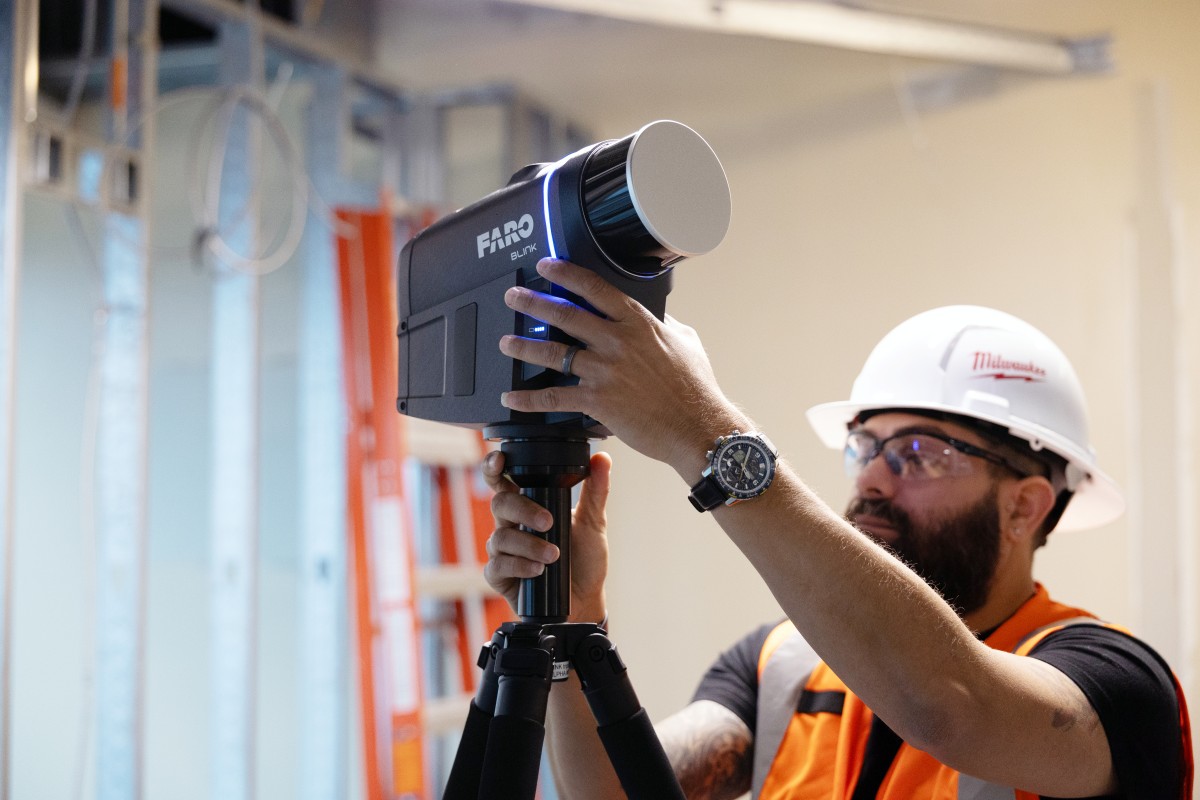Roadmap to Successful Scanning
The interest in laser scanning continues to grow, with more and more companies taking their first leap into these technological waters. The ROI is proven, but the path has many hurdles, and making the correct decisions along the way is critical to a successful project.
The team at point3D has seen many users’ first exposures to this technology, and their reaction is invariably a desire to put down money and buy a laser scanner. But, is that the right decision? From a data capture perspective, there is more to the purchase than just a laser scanning system. First, there are accessories, fixtures, and software applications. Second, if you are not already a survey firm, there is the Total Station survey equipment expense. Finally, when starting out, there are investments in other intangibles such as work processes, quality assurance, and standards development.
The expenditure is similar from an end-user perspective, including fast computer hardware, laser scanning application software, work process development, and training. Unfortunately, intangibles for data capture and processing are too often overlooked, which tends to be what separates the good from the mediocre.
When encountering enthusiastic new users looking for advice and anxious to get started, we like to ask a few engaging questions:
What is the primary service of your business?
What is your business’s core expertise?
What makes the company profitable?
How do I see scanning helping my core business?

The decision to participate in data collection makes sense to the construction management firm active on-site, overseeing trades, and with a financial stake in the project. Having invested in a laser scanner, a VDC Manager can implement scanning throughout the project’s lifecycle supporting continuous validation and progress monitoring. The value-add is an ability to ensure fabrication, construction continuity, and installation as per the design and verify that mistakes don’t have expensive downstream Impacts.
Why should a design firm invest in scanning? Again, the answer comes back to your business’s primary service, and how do you see scanning helping the core business? Historically, design requirements are for up-front information to document existing conditions, validate legacy information, or support as-built deliverable objectives. Therefore, unlike the construction user, the most significant value will come not from collecting the data and timely access but from investment in the end-user application and work process development. Scanning drives design efficiency, reducing errors and omissions. Additionally, scanning supports project lifecycle management, maintenance programs, and operations applications.
In the case of design-build or integrated project delivery, where there is collaboration through all phases of design, fabrication, and construction, the decision to begin investing gets a little blurred. As a neophyte, take a page from the Small Business Administration’s playbook and find a business mentor that can help guide your implementation. In the first few projects, you’ll need to make many important decisions and may not have the answer to these questions:
What is the most suitable scanner for the project scope?
What am I going to do with the data?
How detailed does my scan need to be?
How do I properly survey control?
How do I make sure my scans line up with my design model?
You don’t have to make every decision on your own. Instead, seek advice from the many industry veterans, technology vendors, service providers, consultants, and experts on the laser scanning industry forums. Their collective knowledge can help you successfully use scanning to satisfy the client and simultaneously make your projects more profitable.
Tags: 3D, MobileMapping, Scanning
Categorized in: Articles
This post was written by Gregory Lawes

